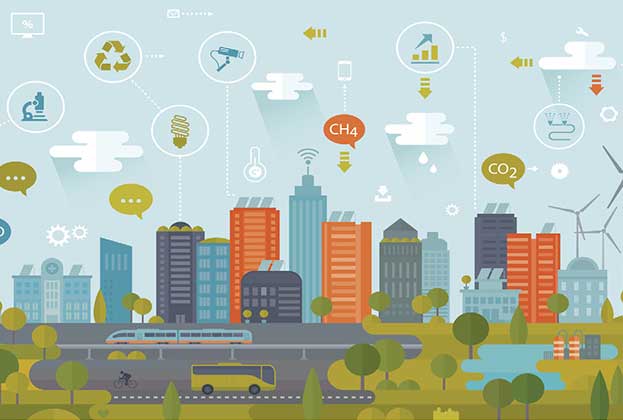Life science sector more exposed than others due to high energy requirements and consumption
Life sciences are considered the second largest energy-intensive sector, with data centres taking the first place. This is mainly caused by the large amounts of energy laboratories consume to power their laboratories, driven by the number of air changes per hour, cleanrooms, heating, and other air conditioning systems. The US Pacific Gas and Electric Company estimates that in the US, laboratories can consume five to ten times the amount of energy used in typical offices. Some speciality laboratories can even consume as much as 100 times more than a commercial building of the same size.
Larger life science facilities in Europe could see energy bills go up sevenfold to tenfold compared to 2021
Bram de Rijk, European Research Associate, Commercial Research
Many research and science institutions and companies are, therefore, worrying about sky-high electricity and natural gas bills to run large scientific experiments. For instance, a lab in Spain has seen a 60% increase in its energy bills in 2022 compared to 2021. Furthermore, estimations suggest that larger facilities in Europe can see energy bills go up sevenfold to tenfold compared to 2021.
To raise this concern with the EU, the industry group Medicines for Europe, representing major generics manufacturers, wrote an open letter to the European Union Ministers for Energy and Health, warning that “with electricity prices rising tenfold for some factories, the combination of cost inflation and price control policies threatens the availability of medicines and makes EU manufacturing unsustainable.”
Sustainability and greening of the life science sector was already a focus of research organisations prior to the Ukraine / Russia war but has been accelerated since then. For example, CERN has a sustainability strategy aiming to reduce its electricity consumption by reusing the heat generated by its facilities to warm up buildings on its campus and a nearby village. However, such mitigation plans are not enough to compensate for the soaring energy costs.
Life sciences and data centres are, therefore, assessed as the sectors being most exposed to higher energy bills because they have high energy requirements and consumption which are hard to bring down. Furthermore, substituting their current energy sources with more renewable sources is challenging, given energy security and reliability is essential for their operations.
Read the articles within Spotlight: The impact of the energy crisis on commercial real estate in Europe below.
.jpg)





